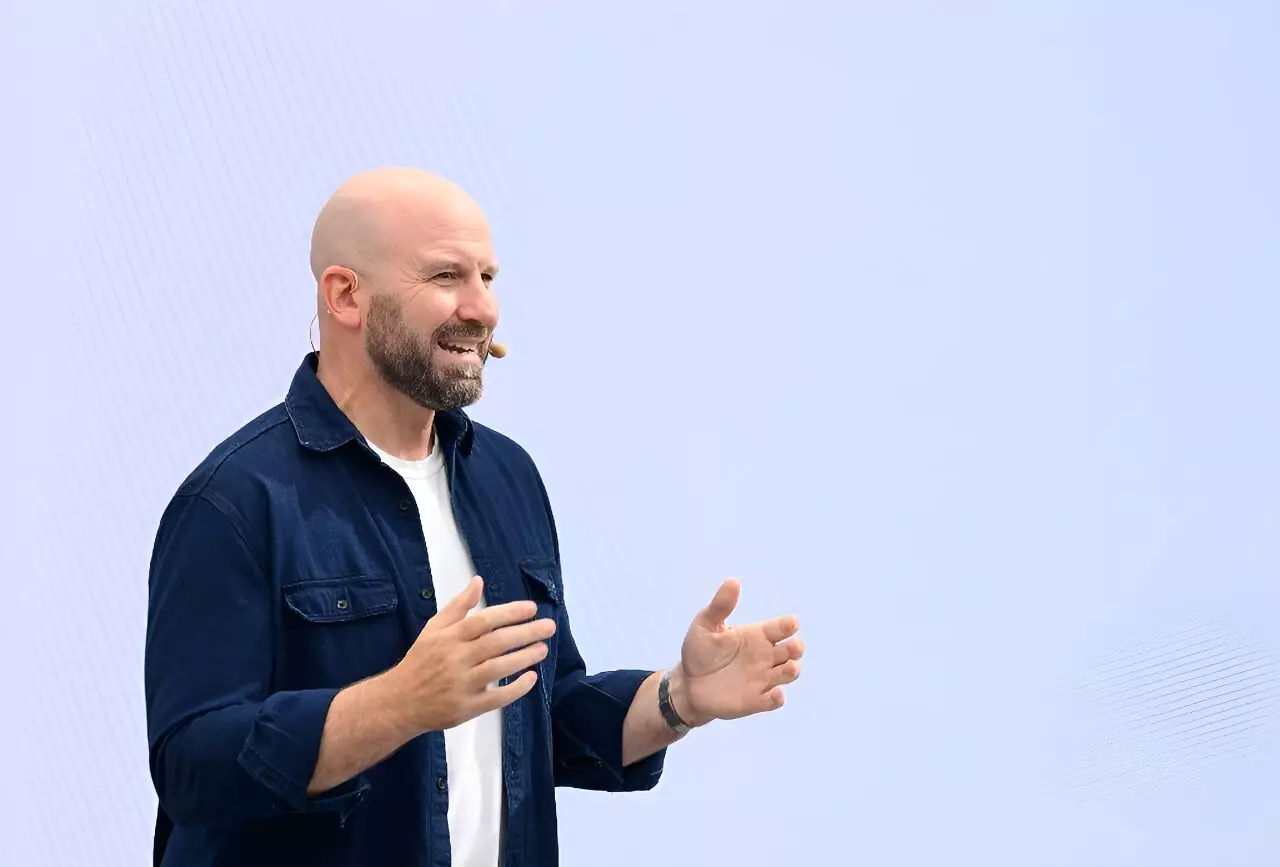Meta, formerly known as Facebook, has been in the forefront of the tech industry’s boom in generative AI. Despite competitors like ChatGPT gaining attention, Meta’s Chief Technology Officer, Andrew “Boz” Bosworth, asserts that the majority of the world will have their first generative AI experience with Meta. In this article, we will delve into Meta’s unique approach to generative AI, the caution it exercises, and the innovation it brings to the table.
Contrary to popular belief, Meta claims it is not lagging behind rivals such as Microsoft and Google in generative AI. Bosworth emphasizes that Meta has been enhancing its global platforms with AI capabilities even before the launch of ChatGPT. While there are several cool AI tools offered by other companies, many of them require expertise and time to master. Meta’s focus has been on delivering fast and high-quality results accessible even on smartphones.
Meta has chosen a more cautious approach when it comes to generative AI. While rivals have launched their AI products, Meta released a generative AI chatbot called “Galactica” two weeks before the debut of ChatGPT. Galactica specialized in scientific research, but it had the tendency to fabricate answers. Meta quickly removed the tool, deeming it a mistake. Safety and accuracy are of paramount importance to Meta, especially given the controversies surrounding content moderation on its social media platforms.
While its rivals were releasing AI products, Meta focused on improving its in-house AI model. Earlier this year, Meta released Llama 2 as an open-source AI model, allowing developers to create their own chatbots using it. This move displays Meta’s commitment to fostering innovation and collaboration within the AI community.
Andrew Bosworth, a Facebook veteran, has been at the forefront of Meta’s evolution. From leading the division dedicated to augmented and virtual reality (AR/VR) innovations to being a driving force behind the rebranding of the company, Bosworth has played a significant role in shaping Meta’s future. The renaming of Facebook to Meta symbolizes its belief in the metaverse as the next major computing platform.
Meta’s vision of the metaverse is still a work in progress. Despite investing billions of dollars, Meta acknowledges that the adoption of its immersive social networking platform called Horizon Worlds has been slower than anticipated. Bosworth humorously admits that they should have had “legs” sooner, referring to the addition of limbs to virtual world avatars. It is clear that building the metaverse requires overcoming challenges and iterating on ideas.
At the Connect conference, Meta shifted its focus away from the metaverse and highlighted products like Ray-Ban smart glasses, which allow users to livestream their perspective. These “mixed reality” gadgets overlay digital content on the real world, offering a transition from virtual reality to augmented reality. The new Quest 3 headsets also feature the ability to switch between virtual and augmented realities. However, Meta acknowledges that certain design choices, like not exposing the user’s eyes, have trade-offs due to user comfort.
The tech world eagerly awaits the launch of Apple Vision Pro, set to hit the market next year with a luxurious price tag of $3,500. Bosworth confidently claims that there’s nothing about Apple’s headset that Meta cannot achieve. Despite competition, Meta remains determined to continue innovating and pushing the boundaries of generative AI and immersive technologies.
Meta’s approach to generative AI is characterized by caution, pragmatism, and a commitment to safety. Bosworth’s leadership and Meta’s focus on innovating within its own ecosystem have positioned the company as a major player in the world of AI. As Meta continues to evolve and navigate the challenges of content moderation and metaverse development, it remains invested in shaping the future of generative AI and immersive technologies.


Leave a Reply